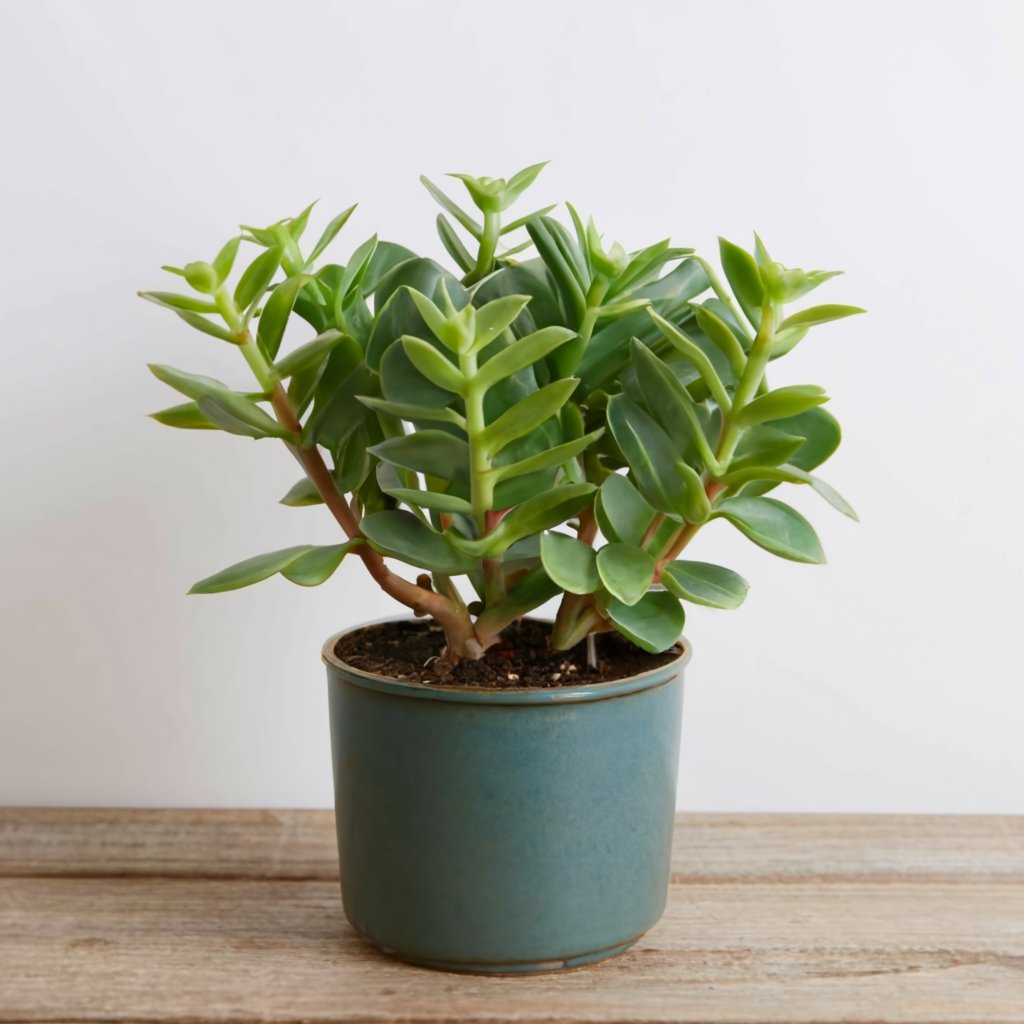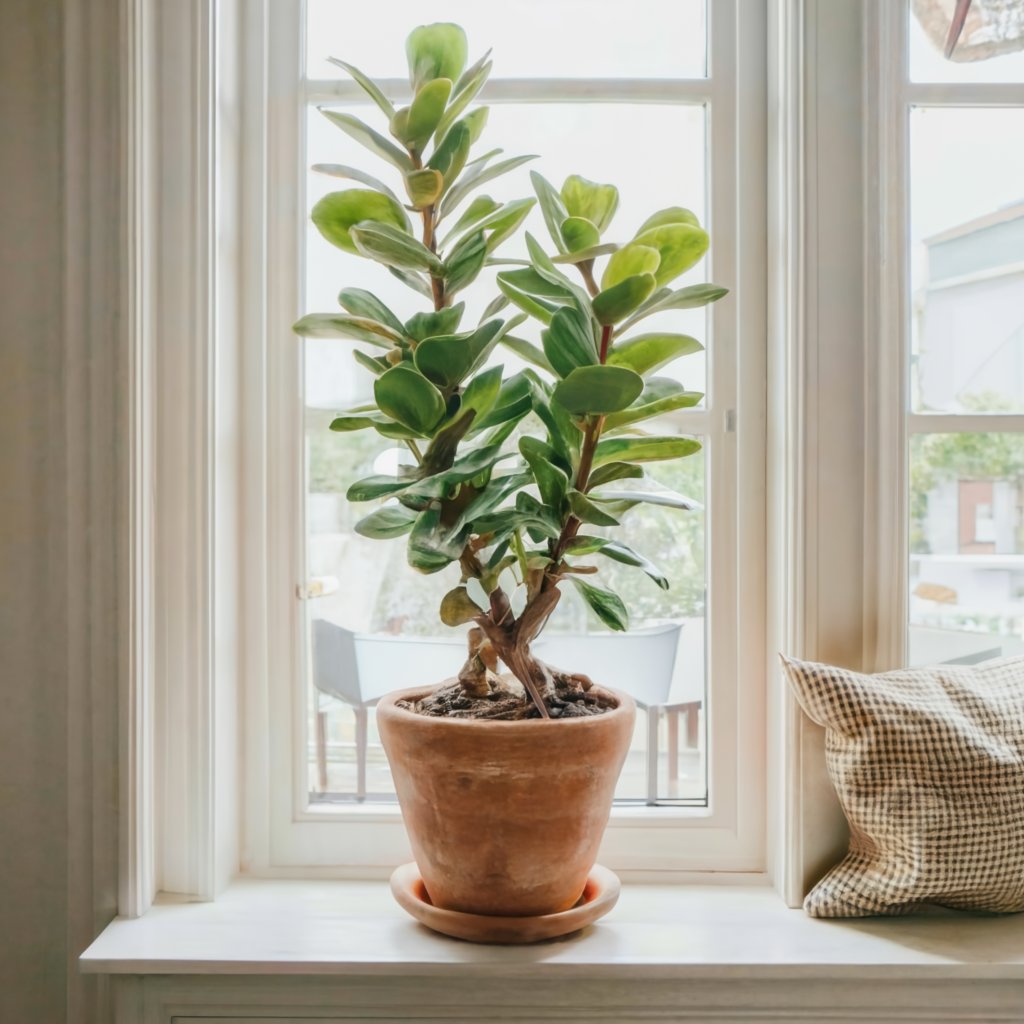
Caring for your jade plant (Crassula ovata) can be a rewarding experience, especially when it comes to pruning. Pruning is an essential aspect of maintaining the health and appearance of your jade plant. However, it’s crucial to approach pruning with caution and avoid common mistakes that could harm your beloved plant. In this article, we will explore five key mistakes to avoid when pruning your jade plant, ensuring that you preserve its natural beauty and promote its overall well-being.
The jade plant, with its plump, emerald leaves and air of resilience, is a beloved houseplant. But even the most low-maintenance succulents can suffer from a misguided trim. To keep your jade plant thriving and aesthetically pleasing, understanding proper pruning techniques is crucial. Here, we’ll unveil the five most common jade plant pruning mistakes and equip you with the knowledge to avoid them, ensuring your leafy companion continues to shine.
5 Jade Plant Pruning Blunders to Dodge

1. Snipping Away at Random (The “Hedgehog Effect”)
The Mistake: Imagine grabbing your shears and hacking away at your favorite bush with no rhyme or reason. That’s what happens when you prune your jade plant without a plan. This often results in an uneven, “hedgehog” appearance, detracting from the plant’s natural beauty and potentially hindering its growth.
The Fix: Before wielding your pruners, take a step back and admire your jade plant’s overall shape. Identify any leggy stems, branches growing at awkward angles, or leaves crowding healthier growth. Visualize the desired form – a balanced, aesthetically pleasing silhouette. Now, target specific areas for pruning based on this vision.
Pro Tip: Sketch a rough outline of your desired jade plant shape on a piece of paper. This can guide you during the pruning process and help you achieve a balanced look.
2. Fear of the Chop (The “Stunted Statue”)
The Mistake: Many jade plant owners are hesitant to prune for fear of harming their plant. This often leads to a leggy, “stunted statue” appearance, with sparse foliage at the top and a bare lower stem. While it might seem drastic, strategic pruning encourages bushier growth and a more aesthetically pleasing shape.
The Fix: Don’t be afraid to give your jade plant a good haircut! Identify any overly long or leggy branches. Using sharp pruner make clean cuts just above a healthy node (the bump where a new leaf or branch will emerge). This will encourage new growth at that point, filling out the plant and creating a bushier look.
Note: Jade plants are incredibly resilient and can bounce back from even a significant pruning session.
3. Ignoring the Lower Leaves (The “Lollipop Look”)
The Mistake: Often, the focus is on pruning the top growth, neglecting the lower leaves. This can create a lollipop-shaped jade plant, with a bare stem and a cluster of leaves at the top. Not only is this aesthetically unappealing, but it also deprives the lower part of the plant of sunlight, hindering its overall health.
The Fix: Pay attention to the lower leaves. Remove any yellowing, damaged, or excessively crowded leaves. If the lower stem is excessively bare, consider pruning a higher branch to encourage new growth lower down. This will help maintain a balanced, full appearance throughout the plant.
Bonus Tip: Don’t discard the healthy leaves you prune! Jade plant leaves are incredibly easy to propagate. Simply place them on a well-draining potting mix and keep them slightly moist. With a little patience, you’ll have new jade plants sprouting in no time!
4. Pruning During Dormancy (The “Sleepy Shear”)
The Mistake: Just like humans, plants have periods of rest and growth. Pruning a jade plant during its dormant period (typically winter) can stress the plant and hinder its ability to recover.
The Fix: Prune your jade plant during its active growth period, which is usually spring and summer. This allows the plant to channel its energy into healing and producing new growth at the pruned areas.
Signs of Active Growth: Look for new leaf development and increased stem flexibility. These indicate your jade plant is in its active growth phase and ready for a trim.
5. Improper Cutting Techniques (The “Hack Job”)
The Mistake: Using dull or unclean pruners can lead to ragged cuts, which can become entry points for disease. Additionally, improper cutting techniques can damage the plant and hinder its ability to heal properly.
The Fix: Invest in a good pair of sharp pruners specifically designed for pruning plants. Always sterilize your pruners before and after each use with rubbing alcohol to prevent the spread of disease.
Cutting Techniques:
- Clean Cuts: Make clean, angled cuts just above a healthy node. Avoid leaving any ragged edges.
- Thinning vs. Heading Cuts: For thinning, remove entire branches at their base. For heading cuts, shorten longer branches by cutting just above a healthy node.
